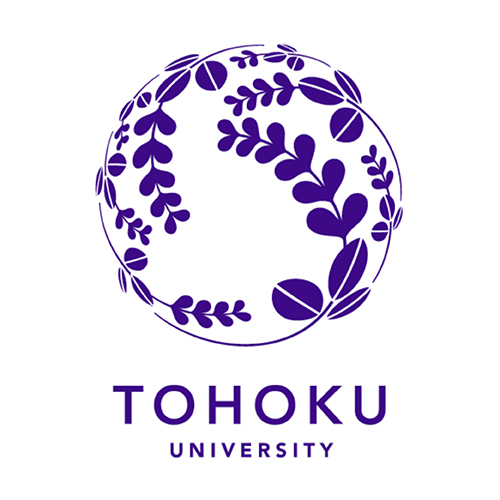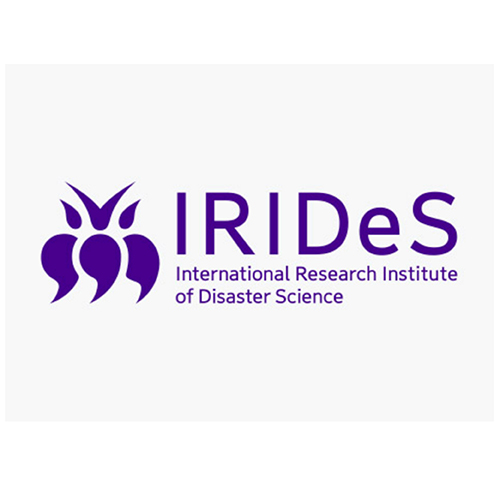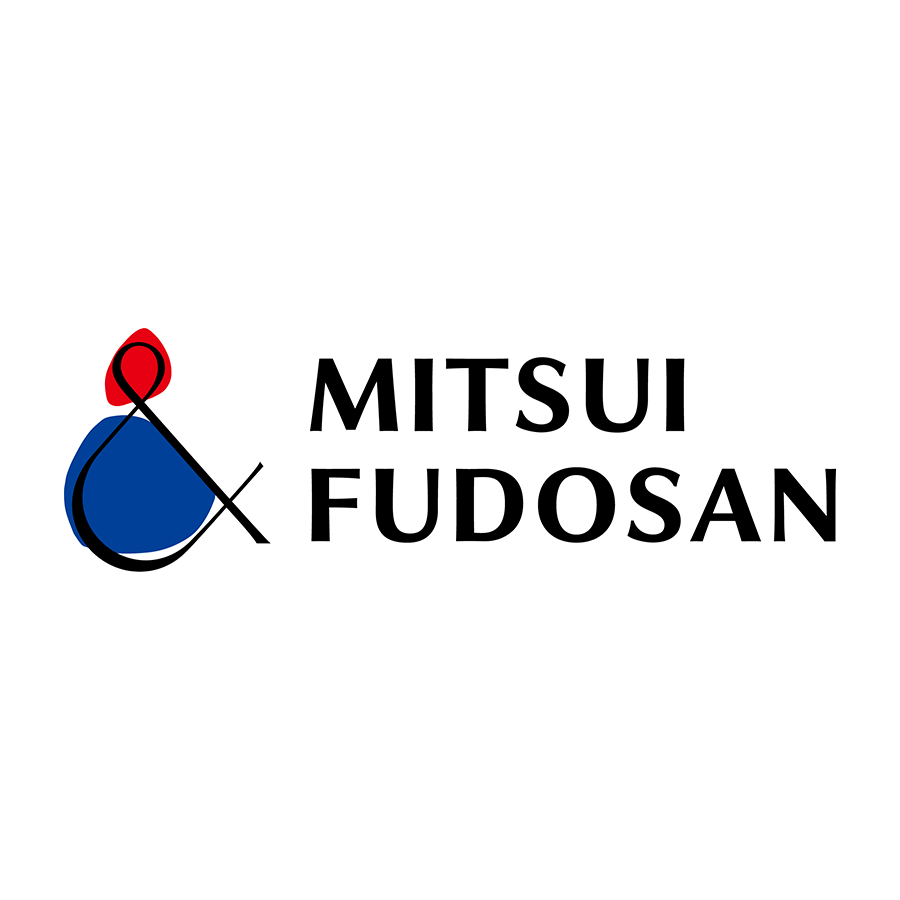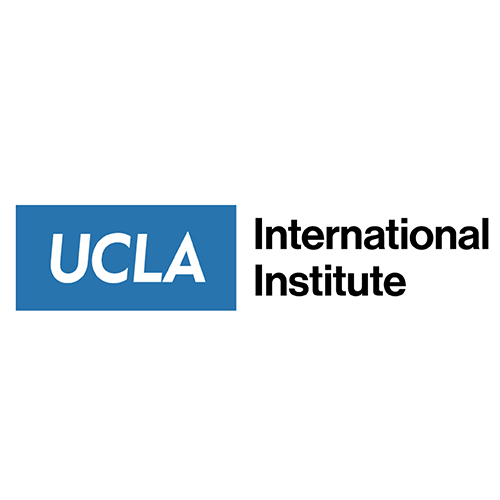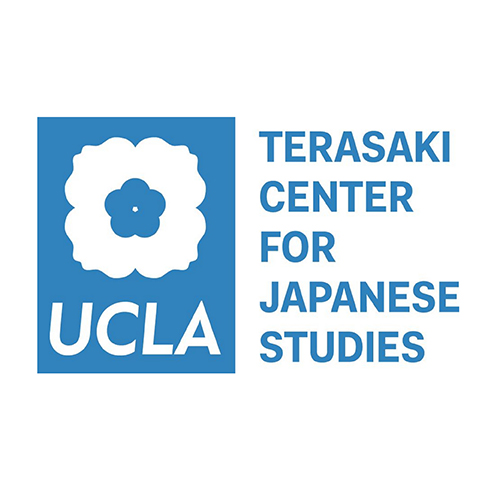Visit: https://regenerativeurbanism.org/
Watch Symposium Streams:
Click here for Big Table (in Japanese)
The exhibition opening and symposium – hosted by the JAPAN HOUSE Los Angeles – will present the topic of “Regenerative Urbanism,” an anticipatory and combinatory approach to urban design that demonstrates the possibility of symbioses between humans and the natural and constructed worlds courageously embracing inevitable disaster cycles. The exhibition and coordinated symposium are the culmination of three years of speculative design and research by the participants of ArcDR3. (The exhibition, under the name Living with Disaster: Stories from Seven Regenerative Cities, was previously exhibited in Tokyo, Japan in April 2022.)
Click here to watch the exhibition overview.
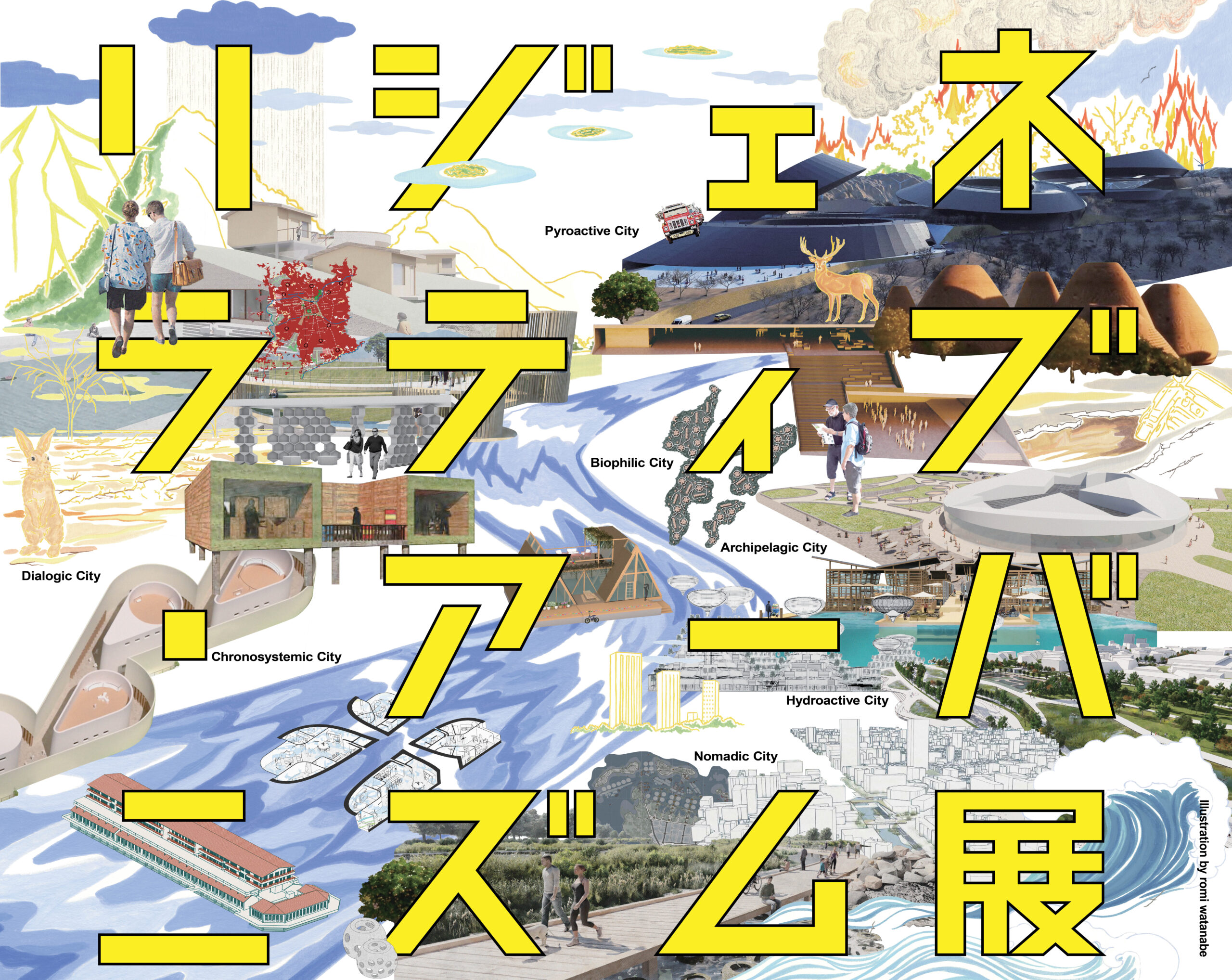
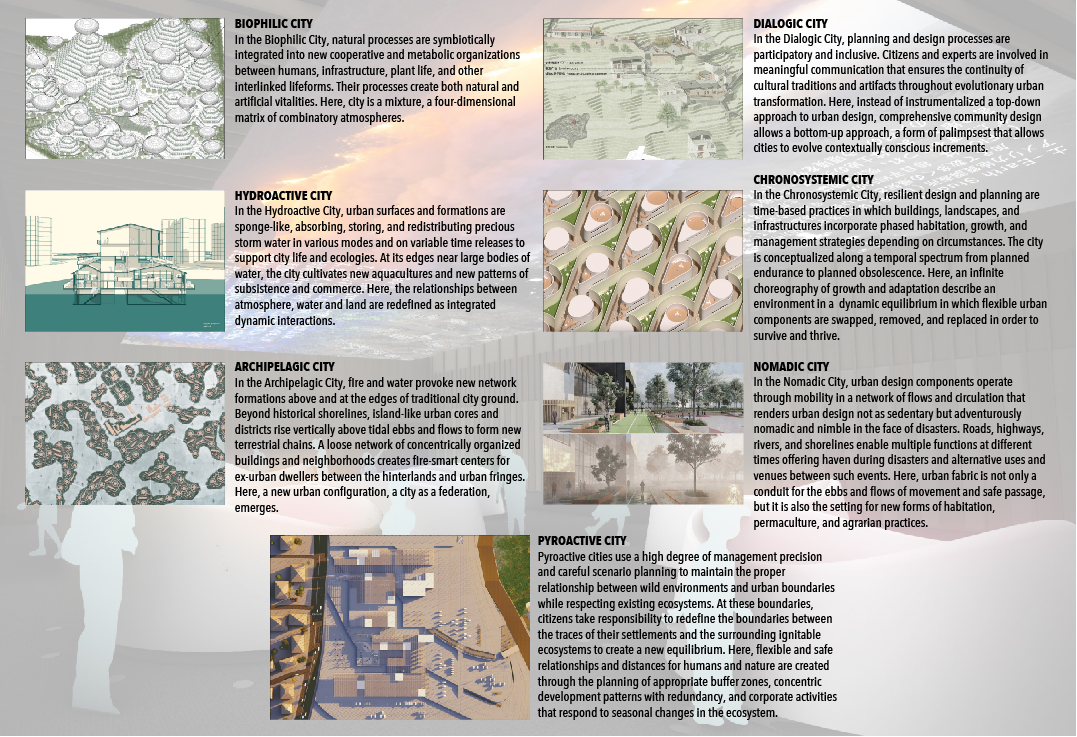
The exhibition presents a powerful and optimistic array of innovative urban designs focused on withstanding natural- and human-instigated disasters while simultaneously responding to the multiple hazards of climate change. Importantly, the proposals are not reactionary or defensive planning strategies; rather, they courageously embrace inevitable disaster cycles through anticipatory techniques, and they demonstrate the possibility of new symbioses between humans and the natural and constructed worlds. In doing so, each proposal forms a part of a globally scaled mosaic of Regenerative Urbanism, framing renewed possibilities for ecological and sociological ethics to ensure that we not only survive, but thrive both with and despite threats of disaster.
Eight wells will provide visitors with an immersive physical, video, and audio experience of the stories of Tohoku and the Seven Regenerative Cities. The visitor’s experience will traverse imagery, data and urban proposals to explore possible scenarios of living with disasters, while examining a global perspective on the future of urban environments.
The symposium will be hosted, in celebration with the exhibition, as the 4th ArcDR3 Forum. Architects, researchers, and experts in various fields from the eleven participating universities will discuss the concepts behind the studios which are the foundation for the seven explorations of future risk-resilient cities (displayed in the seven wells of the exhibition). The symposium is composed of a “Big Table” and a “Small Table”, whose non-hierarchical configuration seeks to flatten the relationship between speakers and audience, and creates an environment that encourages discussion.
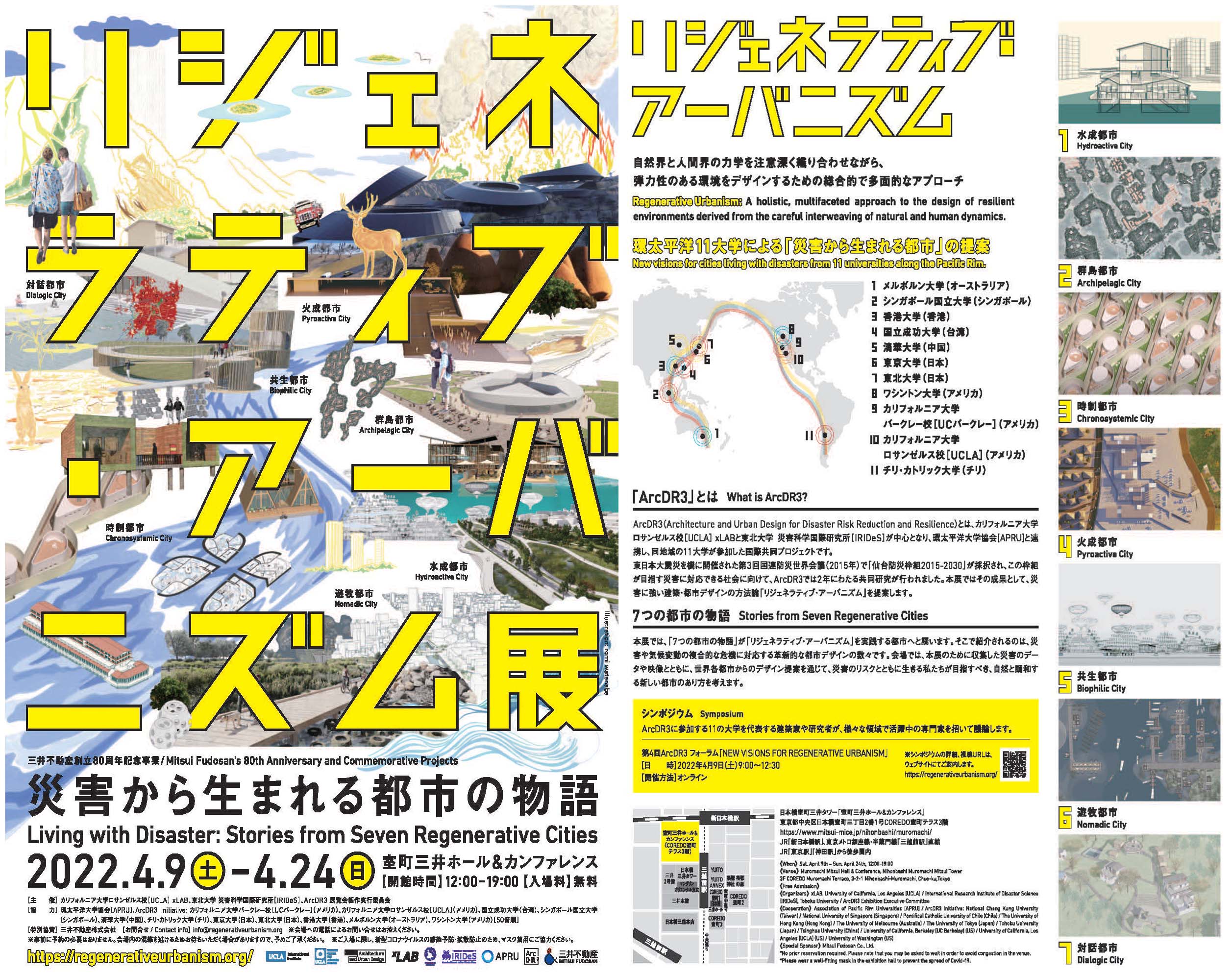

The exhibition presented a powerful and optimistic array of innovative urban designs focused on withstanding natural- and human-instigated disasters while simultaneously responding to the multiple hazards of climate change. Importantly, the proposals were not reactionary or defensive planning strategies; rather, they courageously embraced inevitable disaster cycles through anticipatory techniques, and they demonstrated the possibility of new symbioses between humans and the natural and constructed worlds. In doing so, each proposal formed a part of a globally scaled mosaic of Regenerative Urbanism, framing renewed possibilities for ecological and sociological ethics to ensure that we not only survive, but thrive both with and despite threats of disaster.
Five components composed the exhibition: Octagon, Wall, Cloud, Well, and Field. Eight wells provided visitors with an immersive physical, video, and audio experience of the stories of Tohoku and the Seven Regenerative Cities. The visitors’ experience traversed imagery, data and urban proposals and explored possible scenarios of living with disasters, while examining a global perspective on the future of urban environments.
The Octagon described the activities of the ArcDR3 Initiative. The Wall, displayed the Manifestation of Regenerative Urbanism responding to the question: What can we do to nurture a culture of living with disasters and build a city that is resilient and regenerative? The Cloud covered the exhibition hall with images and data describing the necessity to coexisting with risks. What would a regenerative city look like where people can live with disasters as part of their daily lives? The Wells contained seven stories exploring what a regenerative city could look like. Diverse proposals from eleven participating universities were organized into seven hypothetical regenerative cities. By looking into the Wells, visitors could visualize each city through plans, perspectives, and interviews discussing the concepts. The Field is a connective network that extends the exhibition and its life beyond the confines of the exhibition hall. >ArcDR3_Exhibition&Symposium_Flyer
ABOUT THE SYMPOSIUM
This event provided an unique opportunity for the students of the universities participating in the ArcDR3 Initiative, to meet, to present their current and/or completed research and design projects, and discuss future actions to advance the collective work on New Agendas for Regenerative Urbanism. This 3.5-hour online event allowed for a succinct overview of current progress and findings, as produced and presented by examples of exemplar student works from all eleven participating universities from across the Pacific Realm. It was also programmed to allow for a robust discussion and interrogation of conclusions, fields of further development, and a review of the disruptive, pandemic context in which the work has taken place across all the sites.
Watch Stream Below:
Associate Professor Takako Izumi, International Research Institute of Disaster Science (IRIDeS, Tohoku University) along with colleagues at Keio University (Japan) and Tsinghua University (China), led a research collaboration with the Association of Pacific Rim Universities (APRU) Multi-Hazards Program. Since the beginning of the COVID-19 pandemic in 2020, university education has become extremely challenging. As “the campus safety program” is one of the major activities of the APRU Multi-Hazards Program, the new publication compiles 26 case studies from 13 countries and regions in response and preparedness towards the COVID-19 pandemic, as well as other hazards such as earthquakes, fires, and anthropogenic hazards. It raises the question of how to prepare for future pandemics and disasters more effectively. Further, these scenarios lead to resilient academic campus activities against various types of hazards that will protect the lives of students, staff, and faculty members as well as the assets on campus. > Read More
After a decade of recovery and reconstruction from the Great East Japan Earthquake, Professor Fumihiko Imamura, Director, International Research Institute of Disaster Science (IRIDeS, Tohoku University), and 5 other members of Tohoku University share their memories of March 11, 2011. Behind the magnitude-9 earthquake on the Richter scale, and the tsunami that hit the Tohoku region, there were inspiring moments of community spirit. Even though there is a sense of completion, the region is not fully recovered yet. > Read More
In collaboration with NHK (Japan National Broadcast), Miraikan (The National Museum of Emerging Science and Innovation) based in Tokyo held an exhibition throughout March with three important themes commemorating the Great East Japan Earthquake of 2011: “Memories”, “the bonds formed by people afterward”, and “Issues for the future”. Memories and lessons learned from the earthquake were reviewed using NHK archival videos and information. In Addition to the long recovery, Japan faces constant “risks” and “challenges” to reduce the risk of disasters. The exhibition posed an imminent necessity of preparedness and responsiveness towards the future. >Read More
ABOUT THE SYMPOSIUM
Convened near the 10th anniversary of the 3.11 Great East Japan Earthquake and Tsunami of March 11, 2011, ArcDR3 Forum Vol.2: Learning from Tohoku was one of a series of ArcDR³ events related to the research, symposia, and exhibitions organized by the Initiative.
The aims of ArcDR3 Forum Vol.2: Learning from Tohoku were to share experiences of the Great East Japan Earthquake and the first 10 years of the recovery process in the Tohoku region of Japan. It created a venue for the active exchange of information and discussion with ArcDR3 members from the 11 participating universities in the Pacific region that face their localized natural hazard risks. ArcDR3 members will share outcomes and reflections drawn from architecture and urban design studios that focused on local risk contexts.
The largest city affected by the 3.11 disaster, Sendai City, has also played a key role in promoting the international dialogue of Disaster Risk Reduction (DRR). This includes the establishment of the Sendai Framework for Disaster Risk Reduction 2015-2030 during the 3rd World Conference on Disaster Risk Reduction in 2015. Another DRR initiative, the Sendai Mirai Forum 2021: “For a Better Future: 10 years Since the Great East Japan Earthquake,” was held at the same time as the ArcDR³ Forum Vol.2. Sharing the themes of housing and community, infrastructure, and memorialization with the Sendai Mirai Forum 2021, anticipated outcomes of the ArcDR³ Forum Vol.2: Learning from Tohoku included a statement in support of the Sendai Mirai Forum, as well as suggestions from each of the thematic sessions towards the future improvement and strengthening of the goals of the Sendai Framework for 2030.
Watch Stream Below:
ABOUT THE SYMPOSIUM
ArcDR³ Forum Vol.1: New Agendas for Regenerative Urbanism was held on Friday, June 26, and is the first event in the series of research, symposia, and exhibitions planned by the ArcDR³ initiative. The event was live-streamed via UCLA Architecture and Urban Design’s YouTube page from 4 PM PST / 8 AM JST, Saturday, June 27. Under the umbrella of the “Grand Syllabus,” the 11 participating universities presented their syllabi for context-specific design studios in the 2020-2021 academic year. Discussions were divided into three panels: #1: Earth, Wind and Fire, #2: Water, and #3: Multi-hazard. The event was organized around two key objectives:
To address the projected theme of “Regenerative Urbanism” and its implications for the design studios at each of the participating universities. The increased intensity of global risk establishes an urgency to define new strategies for designing buildings, cities and environments. Regenerative Urbanism is envisioned to address the unprecedented changes through an adaptive systems approach with the focus on regenerative and evolutionary design and development strategies for ecologically, sociologically and technologically resilient cities. It expands the notion of resilience and implements an alternative complex form of adaptability, where resilient design responds and adapts to change; whether a sudden shock or a long-term trend through the establishment of ERS (Evolutionary Regenerative System). One of the objective of ArcDR³ Initiative is to develop this conceptual approach together and set a foundation for the development of alternative sustainable regenerative design models for the future and enable urban designers to prepare for the complexities of the changing urban environment.
One of the main objectives is to recognize the changes in learning environments and teaching processes that have been redefined by the global crisis, and explore opportunities for participants to expand their research skills by collaborating on a global scale through the ArcDR³ network. Culminating studio projects will be discussed in upcoming conferences, displayed in exhibitions, and compiled into a publication for public distribution.
Watch Stream Below:
NOTE:
ArcDR3 Initiative responds to changes in learning and teaching processes that have been redefined by the current global crisis by exploring opportunities for 11 participating Universities to expand their research network by collaborating on a global scale through the ArcDR3 Global Studio Community Format.
Please explore Design Syllabi of 11 Schools by clicking on the Studios page and join upcoming ArcDR3 Forums and events, organized by Participating Universities as part of the Global Studio Community Format.
